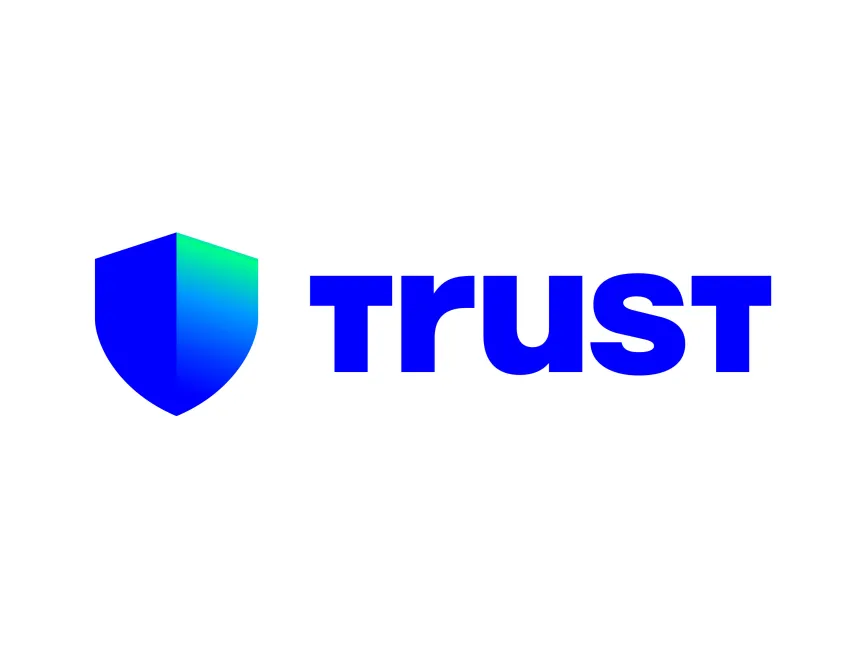Whoa, this feels different. The old way of moving funds between phone and browser was clunky and insecure. For years I treated my mobile wallet and desktop browser like two separate worlds. At first I thought that separation was fine, but then I kept losing context during trades and approvals and felt the friction every single time. My instinct said there had to be a better bridge—one that didn’t require me to juggle seed phrases mid-trade or screenshot private keys…
Really? Yes, really. Users surfing DeFi on a laptop want the same smoothness they get from mobile apps. Yet many teams built browser extensions without tight mobile-desktop sync, and that hurts adoption. On one hand, extensons offer power and convenience; though actually, they often sacrifice continuity for desktop-only features and leave mobile as an afterthought. I’m biased, but that gap is the reason a lot of people never graduate from simple swaps to full-blown multi-chain strategies.
Here’s what bugs me about the current landscape. Wallets and connectors often ask users to scan QR codes, copy long strings, or install obscure helper apps. Those flows assume technical literacy that many regular users don’t have. Initially I tried a bunch of tools and every onboarding felt like 1999 web—clunky, finicky, and error-prone. On the bright side, the industry is iterating fast and some extensions now focus on real-world UX rather than checkbox security.
Okay, so check this out—connectors have matured. Modern dApp connectors are not just POP-ups that ask for permissions; they act as session managers, transaction relayers, and cross-device messengers. Seriously? Yes, they can push signed approvals from a desktop to a mobile device, or mirror a mobile session in a desktop extension so approvals happen where the user is most comfortable. That design dramatically reduces risky behaviors like copy-pasting private keys or approving transactions on unfamiliar devices.
Hmm… there are trade-offs though. Syncing state across devices requires secure key sharing methods, or a trusted delegation model, and engineering that right is non-trivial. I’ll be honest—I don’t trust every «sync» promise until I inspect the recovery model and threat mitigation. For people who care about custody, the model matters: are keys leaving the device? Is a cloud backup involved? Those are the exact questions I grill teams about during audits and informal chats.

On the topic of trust, the practical choice is to pick tools that balance convenience with verifiable security. If you want a straightforward extension that understands mobile-desktop continuity, check trust—they’ve been iterating on mobile-first flows and extension behavior. I’m not shilling for anyone; I’m saying pick solutions that make the right trade-offs visible and auditable. Make sure the extension exposes clear signing prompts, and that session handshakes can be verified on both ends before you approve anything. That way you keep convenience without blindly trusting unknown relays or cloud key caches.
Initially I thought QR-only flows were enough, but then I realized users want seamless session transfer. Some people prefer approving complex DeFi patterns on a full-size screen, though they also want the security of their mobile device. Developers have been experimenting with ephemeral session tokens, device-bound permissions, and multisig-lite flows to satisfy both goals. The result is more humane UX: start on mobile, continue on desktop, approve where you feel safest.
On security: designers often over-index on cryptography and under-index on human error. Good crypto UX accepts that users will fumble. So we build guardrails: contextual warnings, transaction previews, and subtle friction for high-risk actions. Actually, wait—let me rephrase that: security should be layered, and one layer should be human-centered alerts that reduce mental load. If a connector can highlight tokens, contracts, and gas impact in plain language, users make fewer mistakes without losing speed.
From a developer’s perspective, interoperability is key. Supporting WalletConnect, EIP-1193, and custom RPC switching matters. It also matters how state sync happens: do you push only transaction requests, or mirror full account state including nonces and pending approvals? There are trade-offs in bandwidth, latency, and privacy. On the other hand, systems that sync minimally yet clearly—only what the user expects—often hit the best balance.
Practical checklist for power users and teams. First, ensure the extension exposes explicit device pairings with expiration and revocation. Second, prefer connectors that let you approve transactions on the device where your private keys never leave. Third, choose products that log session activity locally and let you export that audit trail. These are small things that make a big difference during a contested trade or when debugging a stuck swap.
I’ll be candid—some of the most elegant flows still feel experimental. There are edge cases where desktop swap UIs assume synchronous signing and the mobile side times out. That bugs me. Somethin’ as simple as resilient retry logic or clearer timeout messaging would remove huge amounts of frustration. Developers need to test cross-device flows under flaky networks, because that’s reality for many users who hop between home Wi‑Fi and cellular.
Looking forward, the real wins will come from standards and composability. If wallets expose user-consent primitives that dApps can read without leaking sensitive metadata, we get both privacy and convenience. On one hand, I want less friction; though actually, I also want auditability and explicit consent layers that survive phishing attempts. The sweet spot is predictable UX plus small, verifiable signals—icons, hashes, and device badges—that users can learn fast and trust slowly.
Practical tips when choosing an extension or connector
Trust signals matter more than marketing copy. Pick extensions that show device-binding, session timeouts, and transparent recovery methods. Test cross-device flows yourself—open a dApp on desktop, approve on mobile, and then try a simulated network failure to see what breaks. If an extension asks you to move your seed or re-enter your recovery phrase in a browser, that’s a red flag. I’m not 100% sure how every team will evolve, but favor ecosystems that document their security model plainly and publish audits.
FAQ
How does mobile-desktop sync actually protect my keys?
Short answer: it shouldn’t move them. Many modern flows use device-bound signatures or delegated session tokens so the private keys remain on the originating device. The desktop extension receives a verifiable token or a transaction payload to display and then ask the mobile device to sign. That way the signing happens locally on your phone and the desktop simply acts as a convenient interface. If keys are ever uploaded to a cloud service, treat that as a different custody model and verify its protections closely.
What if my devices get out of sync?
First, breathe. Most connectors include mechanisms for session revocation and re-pairing. Second, look for extensions that log session history locally so you can trace what happened. Third, keep a habit of revoking access for devices you don’t recognize from the dApp or wallet settings. And hey—if you see suspicious transactions, freeze interactions and consult the wallet’s docs before approving more actions; quick revocation often prevents bigger problems.




